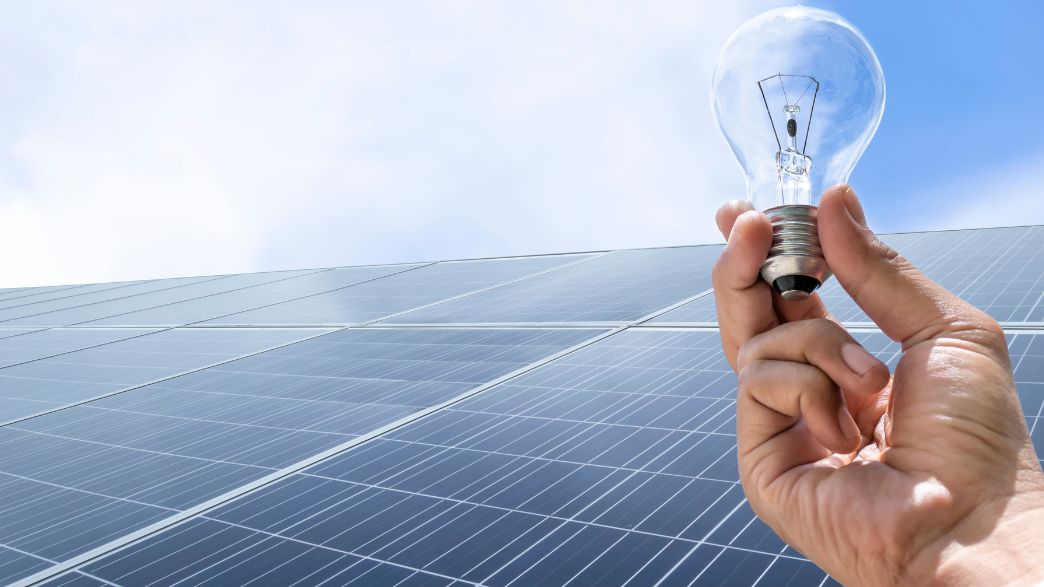Unraveling the Global Energy Transformation: The Role of Solar Energy and Clean Technologies in Surpassing Fossil Fuel Production
The clean energy revolution is gaining momentum, significantly surpassing fossil fuels, powered by the strengthening of energy security. This year of 2023, global investment in clean energies is expected to hit the remarkable mark of 1.7 trillion dollars, with solar energy gearing up to surpass, for the first time, oil production.
According to a recent report by the International Energy Agency (IEA), significant advancements in clean energy technologies, and concerns about affordability and security, intensified by the global energy crisis, are fueling the momentum towards more sustainable options. Out of a projected global investment in energy of 2.8 trillion dollars in 2023, more than 1.7 trillion dollars will be directed to clean technologies. Meanwhile, just over 1 trillion dollars will be allocated to coal, gas, and oil.
Regarding the annual investment in clean energy, a leap of 24% is predicted between 2021 and 2023, driven by renewable energies and electric vehicles. However, it’s important to note that more than 90% of this increase originates from advanced economies and China, which might result in new divisions in the global energy landscape if other places do not accelerate their transitions to clean energy.
Fatih Birol, IEA’s Executive Director, highlights the impressive speed of clean energy advancement. He notes that for each dollar invested in fossil fuels, approximately 1.7 dollars are being invested in clean energy. This represents a significant shift compared to five years ago when the ratio was one to one.
Powered by solar energy, low-emission electricity technologies are expected to account for nearly 90% of investment in power generation. The adoption by consumers of more electrified technologies is also on the rise. Global sales of heat pumps have been increasing annually in double digits since 2021, and electric vehicle sales are expected to rise by a third this year.
A variety of factors have been driving investments in clean energy in recent years. Among them are robust economic growth and volatility in fossil fuel prices, which have heightened concerns about energy security, especially following Russia’s invasion of Ukraine.
However, there’s a long way to go, especially in emerging and developing economies, where there are significant challenges to clean energy investment. Among the obstacles are higher interest rates, unclear political structures and market projects, weak network infrastructure, financially burdened utilities, and high capital cost. The international community needs to redouble its efforts, especially to boost investment in low-income economies, where the private sector has shown hesitation in venturing.
Even as oil and gas companies are boosting their investments by 7% in 2023, these values still find themselves at the 2019 level. Interestingly, the few oil companies that have increased investments beyond pre-Covid-19 pandemic levels are, for the most part, large state companies from the Middle East. Meanwhile, many fossil fuel producers made record profits last year due to elevated fuel prices, yet most of this cash flow was directed to dividends, share repurchases, and debt repayment, rather than being reinvested in traditional supply.
This expected rebound in fossil fuel investment means that, in 2023, it is set to surpass more than twice the necessary levels in 2030, according to IEA’s Net-Zero Emissions by 2050 scenario. Even with global demand for coal hitting a historical record in 2022, investment in coal this year is on track to reach nearly six times the levels predicted in 2030 in the Net-Zero Emissions scenario.
The oil and gas industry invested less than 5% of its spending on low-emission alternatives, such as clean electricity, clean fuels, and carbon capture technologies, in 2022. Although this number has remained virtually the same compared to the previous year, some of the largest European companies have a higher percentage of investment in low-emission alternatives.
Despite the challenges, there are positive points in emerging and developing economies. India, for example, has been displaying dynamic investment in solar energy, and there’s a growing bet on renewable energies in Brazil and parts of the Middle East. However, it’s crucial that the international community works cooperatively to overcome obstacles such as higher interest rates, uncertain policies, weak infrastructure, and high capital costs. Only in this way will we manage to accelerate investment in clean energy in these regions where the private sector has shown reluctance to engage.

Comment